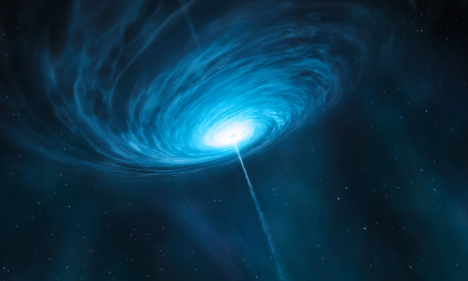Did you and your Blaster know that black holes come in two extremes – the petite ones with a mass that is only 10 times that of our sun, and monstrous ones that have a mass equivalent to 10 billion suns? However, NASA recently found some interesting data that shows that we may found a new medium-sized category of black holes.
Although scientists is yet to determine what caused the formation of intermediate-sized black holes, with theories surrounding the notion of clustering and merging of stars, evidence shows that the proposed medium-sized black holes came from objects called ultraluminous X-ray sources (ULXs), where the black hole feeds off a normal star. The feeding process is similar to that of supermassive black holes, but less messy. While supermassive black holes are located at the cores of galaxies, ULXs are scattered throughout the galaxies.
Astronomers found that a ULX located 13 million light-years away has a mass that is about 100 times of our sun, which puts it right at the border between small and medium black holes. However, some scientists made the conclusion that the evidence showing the ultraluminous quality of these objects are caused by the high rate of material absorption, not from the size. Therefore, the existence of medium-sized black holes has yet to be determined.
Filed under: Current Events, Newsletter, Parents and Kids, Science Facts, What's New | Tagged: Black Holes, Math Blaster, NASA, newsletter, space, Space News, ULXs | Leave a comment »









